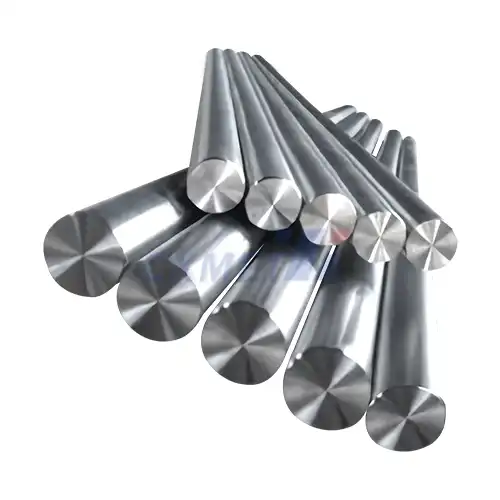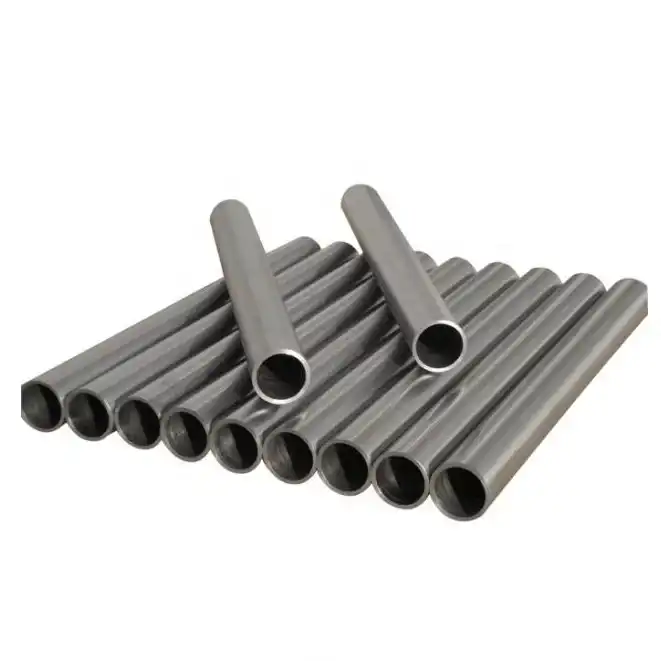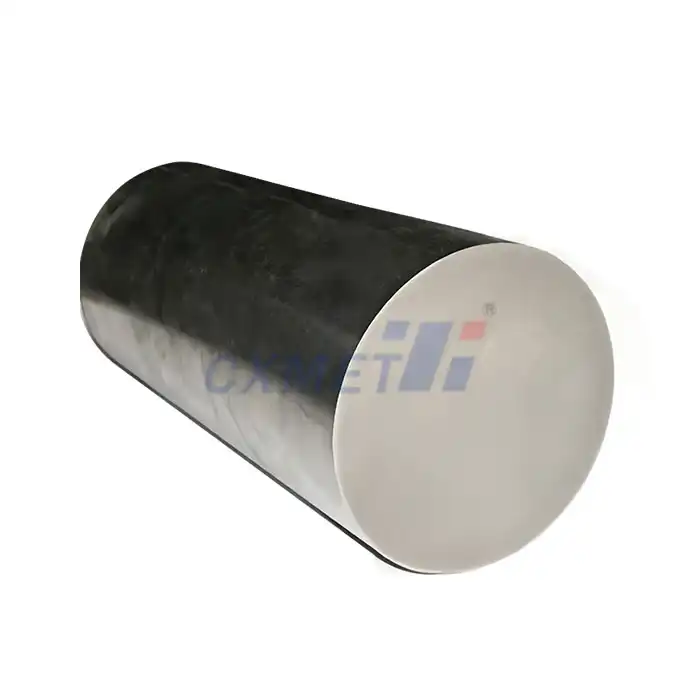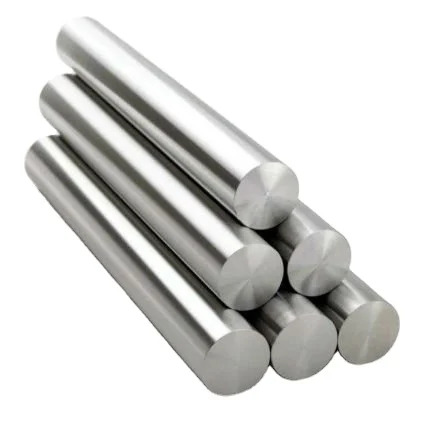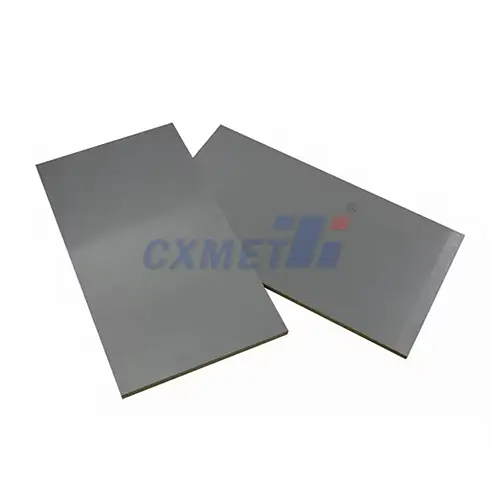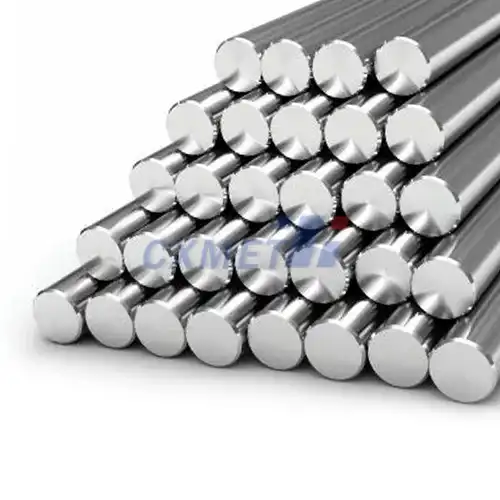- English
- French
- German
- Portuguese
- Spanish
- Russian
- Japanese
- Korean
- Arabic
- Greek
- German
- Turkish
- Italian
- Danish
- Romanian
- Indonesian
- Czech
- Afrikaans
- Swedish
- Polish
- Basque
- Catalan
- Esperanto
- Hindi
- Lao
- Albanian
- Amharic
- Armenian
- Azerbaijani
- Belarusian
- Bengali
- Bosnian
- Bulgarian
- Cebuano
- Chichewa
- Corsican
- Croatian
- Dutch
- Estonian
- Filipino
- Finnish
- Frisian
- Galician
- Georgian
- Gujarati
- Haitian
- Hausa
- Hawaiian
- Hebrew
- Hmong
- Hungarian
- Icelandic
- Igbo
- Javanese
- Kannada
- Kazakh
- Khmer
- Kurdish
- Kyrgyz
- Latin
- Latvian
- Lithuanian
- Luxembou..
- Macedonian
- Malagasy
- Malay
- Malayalam
- Maltese
- Maori
- Marathi
- Mongolian
- Burmese
- Nepali
- Norwegian
- Pashto
- Persian
- Punjabi
- Serbian
- Sesotho
- Sinhala
- Slovak
- Slovenian
- Somali
- Samoan
- Scots Gaelic
- Shona
- Sindhi
- Sundanese
- Swahili
- Tajik
- Tamil
- Telugu
- Thai
- Ukrainian
- Urdu
- Uzbek
- Vietnamese
- Welsh
- Xhosa
- Yiddish
- Yoruba
- Zulu
How to Maintain and Clean Titanium Sputtering Targets?
2024-08-30 15:26:41
Titanium sputtering targets play a crucial role in thin film deposition processes across various industries, from semiconductor manufacturing to optical coatings. Proper maintenance and cleaning of these targets are essential for ensuring optimal performance, extending their lifespan, and maintaining the quality of deposited films. This blog post will explore the best practices for maintaining and cleaning titanium sputtering targets, addressing common challenges and providing practical solutions for professionals in the field.
What are the common contaminants affecting titanium sputtering targets?
Titanium sputtering targets are susceptible to various forms of contamination, which can significantly impact their performance and the quality of the deposited films. Understanding these contaminants is the first step in developing an effective maintenance and cleaning strategy.
The most common contaminants affecting titanium sputtering targets include:
1. Oxidation: Titanium is highly reactive with oxygen, forming a thin oxide layer on the surface when exposed to air. This oxidation can occur during storage, handling, or even during the sputtering process if there are trace amounts of oxygen in the chamber.
2. Particulate matter: Dust, debris, and other small particles can accumulate on the target surface, especially during storage or when the sputtering chamber is opened for maintenance.
3. Residual materials: After multiple sputtering cycles, residual materials from previous depositions can build up on the target surface. These may include re-deposited titanium, as well as other elements present in the sputtering chamber.
4. Chemical contaminants: Improper handling or exposure to certain chemicals during cleaning processes can leave residues on the target surface.
5. Moisture: Exposure to humidity can lead to the formation of hydroxides on the titanium surface, which can affect the sputtering process.
To address these contaminants, a multi-faceted approach to maintenance and cleaning is necessary. Regular inspections should be conducted to identify any visible signs of contamination or surface irregularities. This can be done using visual inspection techniques, such as optical microscopy or surface profilometry, to detect changes in the target's surface morphology.
For oxidation, which is perhaps the most prevalent issue, prevention is key. Storing titanium targets in a controlled environment with low oxygen levels can significantly reduce oxidation. When not in use, targets should be kept in vacuum-sealed containers or in an inert gas atmosphere. Additionally, minimizing the time between target installation and chamber evacuation can help reduce oxidation during the setup process.
Particulate matter can often be removed using non-contact cleaning methods, such as compressed air or nitrogen gas blowing. However, care must be taken not to introduce additional contaminants during this process. Using filtered, high-purity gases and performing the cleaning in a clean room environment can help minimize this risk.
For more stubborn contaminants, including residual materials from previous sputtering cycles, more aggressive cleaning methods may be necessary. These can include mechanical cleaning techniques, such as gentle brushing or wiping with lint-free cloths, or chemical cleaning processes using appropriate solvents or acids. However, it's crucial to note that any mechanical cleaning must be done with extreme care to avoid damaging the target surface.
Ultimately, the choice of cleaning method will depend on the specific contaminants present and the severity of the contamination. In many cases, a combination of techniques may be required to fully restore the target's surface to its optimal condition.
How does the cleaning process affect the performance of titanium sputtering targets?
The cleaning process for titanium sputtering targets is a delicate balance between removing contaminants and preserving the target's surface integrity. When done correctly, cleaning can significantly enhance the performance of the target. However, improper cleaning techniques can lead to unintended consequences that may negatively impact the sputtering process.
Positive effects of proper cleaning:
1. Improved sputtering rate: Removing contaminants from the target surface can lead to a more uniform and efficient sputtering process. This can result in higher deposition rates and better film quality.
2. Enhanced film purity: Cleaning removes impurities that could otherwise be incorporated into the deposited film, leading to higher purity coatings.
3. Extended target life: Regular cleaning can prevent the buildup of thick contamination layers, which can cause arcing and uneven erosion of the target surface.
4. Consistent performance: A clean target surface ensures more consistent sputtering conditions from run to run, leading to better reproducibility in film deposition.
5. Reduced particle generation: Removing loose particles and flakes from the target surface can minimize the risk of particulate contamination in the deposited films.
However, it's important to be aware of the potential negative effects that can arise from improper cleaning procedures:
1. Surface damage: Overly aggressive mechanical cleaning or the use of inappropriate chemical agents can lead to scratches, pits, or other forms of surface damage. These imperfections can cause non-uniform erosion during sputtering and may lead to the generation of particles.
2. Chemical residues: If cleaning solutions are not thoroughly rinsed or neutralized, residual chemicals can remain on the target surface. These residues can outgas during sputtering, potentially contaminating the deposited films.
3. Oxidation: Some cleaning processes, particularly those involving water or other oxygen-containing solutions, can promote oxidation of the titanium surface if not properly controlled.
4. Altered surface composition: Aggressive chemical cleaning may preferentially etch certain components of the target, potentially altering the surface composition and affecting the stoichiometry of the deposited films.
5. Increased downtime: While cleaning is necessary, excessive or overly frequent cleaning can lead to increased system downtime and reduced productivity.
To maximize the positive effects and minimize the negative impacts, it's crucial to develop a well-thought-out cleaning protocol. This should include:
1. Characterization of contaminants: Before cleaning, identify the types of contaminants present using surface analysis techniques such as X-ray photoelectron spectroscopy (XPS) or Auger electron spectroscopy (AES).
2. Selection of appropriate cleaning methods: Choose cleaning techniques that are effective against the identified contaminants while minimizing the risk of surface damage. This may involve a combination of physical and chemical cleaning steps.
3. Optimization of cleaning parameters: Carefully control parameters such as cleaning duration, solution concentrations, and mechanical forces to achieve effective cleaning without over-processing.
4. Post-cleaning analysis: After cleaning, re-analyze the target surface to ensure that contaminants have been effectively removed and that no unintended changes to the surface have occurred.
5. Proper handling and storage: Implement protocols for handling and storing cleaned targets to prevent recontamination.
6. Documentation and tracking: Maintain detailed records of cleaning procedures and target performance to identify trends and optimize processes over time.
By carefully considering the effects of the cleaning process on titanium sputtering targets, operators can develop maintenance protocols that maximize target performance and longevity while minimizing the risk of film contamination or target damage.
What are the best practices for storing and handling titanium sputtering targets?
Proper storage and handling of titanium sputtering targets are crucial for maintaining their performance and extending their lifespan. Implementing best practices in these areas can significantly reduce the frequency and intensity of cleaning required, as well as minimize the risk of contamination or damage during use.
Storage best practices:
1. Controlled environment: Store titanium targets in a clean, dry environment with controlled temperature and humidity. Ideally, use a dedicated storage area with HEPA filtration to minimize particulate contamination.
2. Vacuum packaging: When possible, store targets in vacuum-sealed bags or containers to prevent oxidation and contamination. If vacuum packaging is not available, consider using inert gas-filled containers to minimize exposure to oxygen.
3. Desiccants: Include desiccant packets in storage containers to absorb any residual moisture, further protecting the targets from oxidation and hydration.
4. Vertical orientation: Store disc-shaped targets vertically to minimize the surface area exposed to potential contaminants and reduce the risk of surface damage from stacking.
5. Proper labeling: Clearly label all stored targets with relevant information such as material composition, dimensions, lot number, and date of manufacture or last cleaning.
6. Rotation system: Implement a first-in, first-out (FIFO) system for target usage to ensure that older targets are used before newer ones, minimizing the time targets spend in storage.
7. Regular inspections: Periodically inspect stored targets for any signs of degradation, contamination, or packaging failure.
Handling best practices:
1. Clean room protocols: Whenever possible, handle titanium targets in a clean room environment to minimize exposure to particulates and other contaminants.
2. Personal protective equipment (PPE): Use appropriate PPE, including lint-free gloves, clean room garments, and face masks, to prevent contamination from skin oils, fibers, or respiratory droplets.
3. Dedicated tools: Use clean, dedicated tools for handling targets. These tools should be made of materials that won't scratch or contaminate the target surface, such as plastic or soft metals.
4. Minimal contact: Minimize direct contact with the target surface. When handling is necessary, touch only the edges or non-critical areas of the target.
5. Two-person handling: For larger targets, implement a two-person handling protocol to reduce the risk of dropping or mishandling.
By implementing these storage and handling best practices, operators can significantly reduce the risk of contamination and damage to titanium sputtering targets. This proactive approach not only helps maintain target performance but also reduces the frequency and intensity of cleaning required, leading to improved process efficiency and reduced downtime.
Moreover, proper storage and handling contribute to more consistent sputtering results, as targets are less likely to have variations in surface condition or composition due to environmental exposure or mishandling. This consistency is particularly important in industries requiring high-precision thin film deposition, such as semiconductor manufacturing or optical coatings.
In conclusion, maintaining and cleaning titanium sputtering targets is a critical aspect of thin film deposition processes. By understanding common contaminants, implementing effective cleaning procedures, and following best practices for storage and handling, operators can optimize target performance, extend target lifespan, and ensure high-quality film deposition. Regular assessment and refinement of these practices will contribute to improved process efficiency and cost-effectiveness in sputtering applications across various industries.
At SHAANXI CXMET TECHNOLOGY CO., LTD, we take pride in our extensive product range, which caters to diverse customer needs. Our company is equipped with outstanding production and processing capabilities, ensuring the high quality and precision of our products. We are committed to innovation and continuously strive to develop new products, keeping us at the forefront of our industry. With leading technological development capabilities, we are able to adapt and evolve in a rapidly changing market. Furthermore, we offer customized solutions to meet the specific requirements of our clients. If you are interested in our products or wish to learn more about the intricate details of our offerings, please do not hesitate to contact us at sales@cxmet.com. Our team is always ready to assist you.
References
1. Mattox, D. M. (2010). Handbook of Physical Vapor Deposition (PVD) Processing. William Andrew.
2. Ohring, M. (2001). Materials Science of Thin Films. Academic Press.
3. Wasa, K., Kanno, I., & Kotera, H. (2012). Handbook of Sputter Deposition Technology: Fundamentals and Applications for Functional Thin Films, Nano-materials and MEMS. William Andrew.
4. Seshan, K. (Ed.). (2012). Handbook of Thin Film Deposition. William Andrew.
5. Greene, J. E. (2017). Tracing the recorded history of thin-film sputter deposition: From the 1800s to 2017. Journal of Vacuum Science & Technology A: Vacuum, Surfaces, and Films, 35(5), 05C204.
6. Kelly, P. J., & Arnell, R. D. (2000). Magnetron sputtering: a review of recent developments and applications. Vacuum, 56(3), 159-172.
7. Depla, D., Mahieu, S., & Greene, J. E. (2010). Sputter deposition processes. In Handbook of Deposition Technologies for Films and Coatings (pp. 253-296). William Andrew Publishing.
8. Swann, S. (1988). Magnetron sputtering. Physics in Technology, 19(2), 67.
9. Bräuer, G., Szyszka, B., Vergöhl, M., & Bandorf, R. (2010). Magnetron sputtering – Milestones of 30 years. Vacuum, 84(12), 1354-1359.
10. Gudmundsson, J. T., Brenning, N., Lundin, D., & Helmersson, U. (2012). High power impulse magnetron sputtering discharge. Journal of Vacuum Science & Technology A: Vacuum, Surfaces, and Films, 30(3), 030801.
